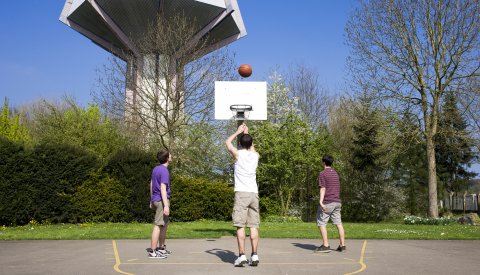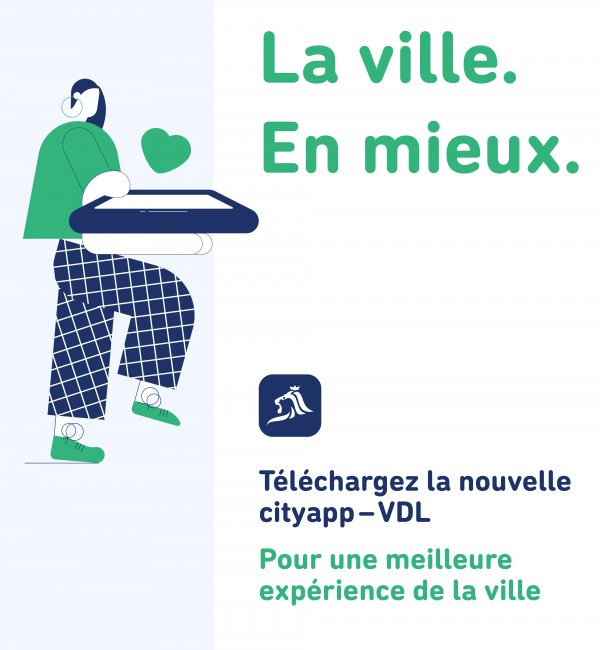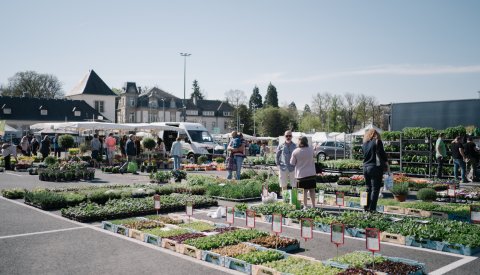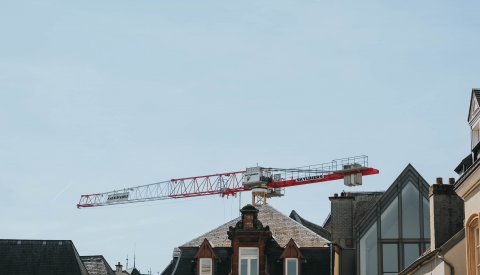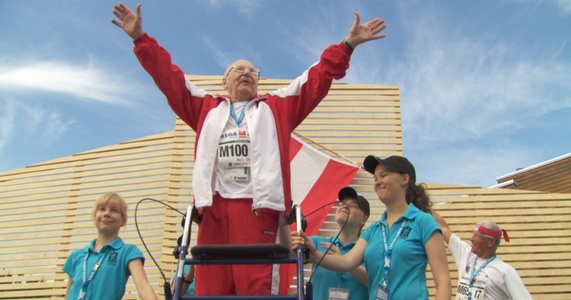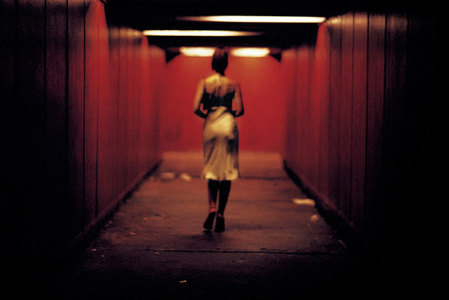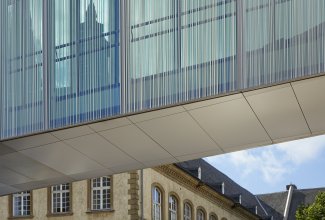Rollingergrund/Belair-Nord
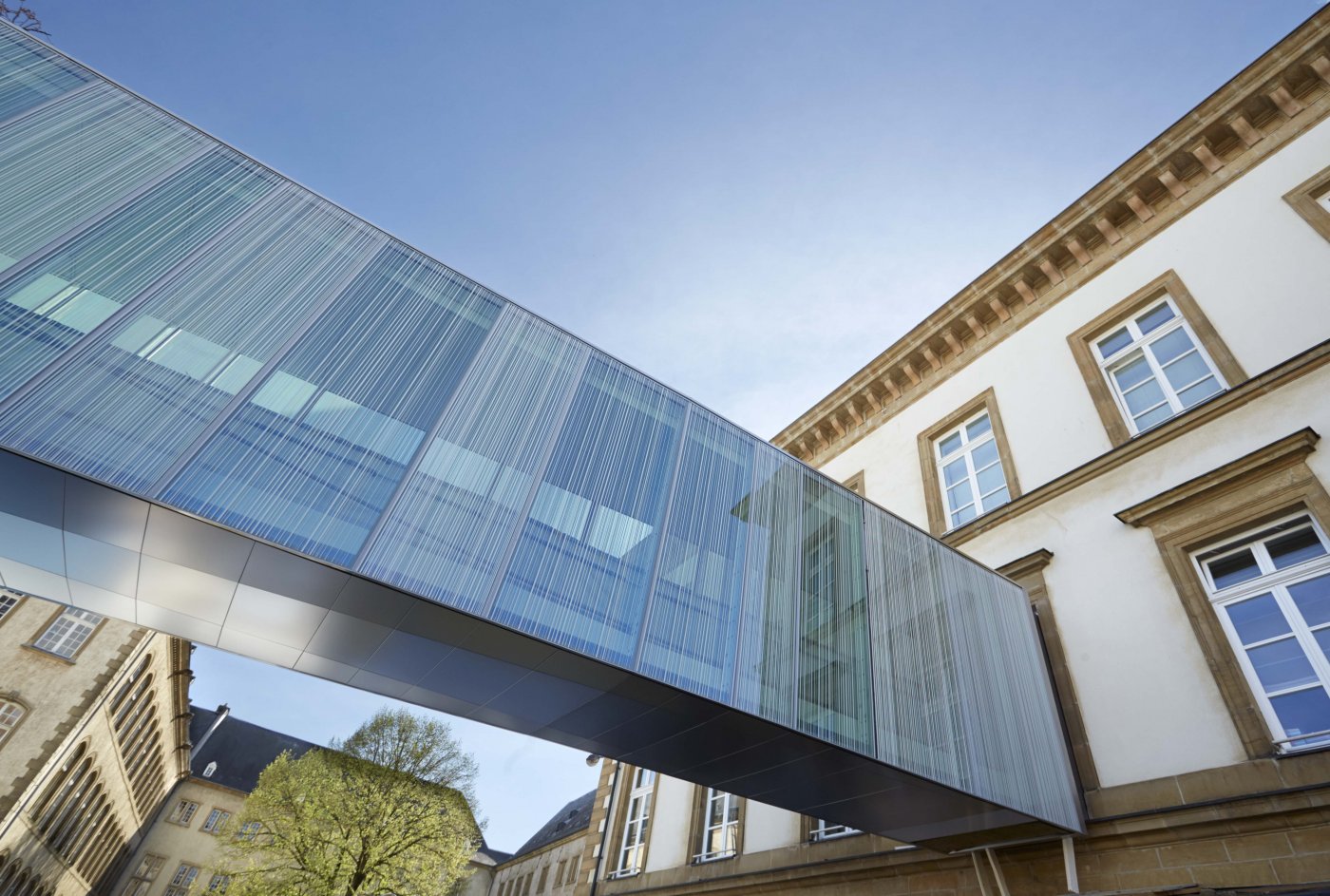
Didn't find what you were looking for?
Start a new search here
You may also like...
News
What's on
What are you looking for?
Search
No results found
We're sorry: no results were found for your search criteria.
We recommend that you:
- Check the spelling of your search terms
- Add more keywords to increase the number of hits
- Try other keywords

